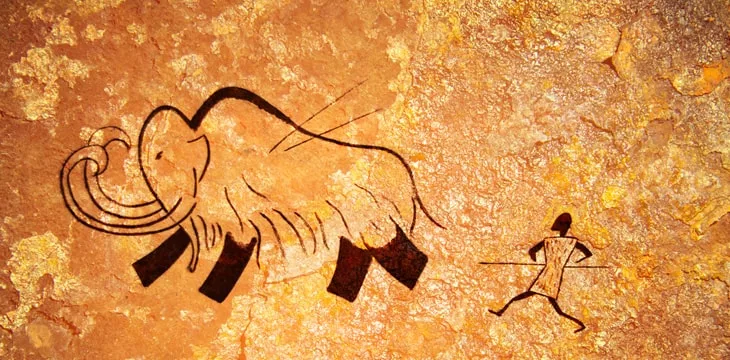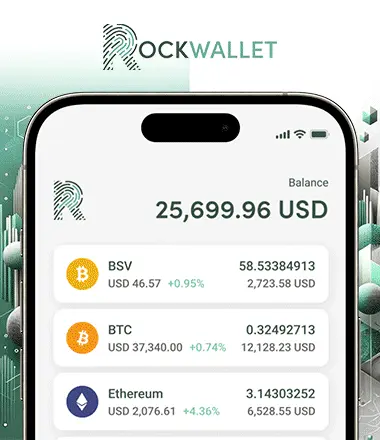
Article by Jerry Chan
-
19 June, 2023
SEC and ‘crypto’—the first domino
With the latest SEC lawsuits, Binance and other exchanges are in hot water, legally and business-wise, as most reasonable investors...
-
30 May, 2023
The beginning of History
Storing data via paper has been going around for centuries, but the advent of blockchain technology brings a new life...
-
17 May, 2023
BRC-20 and Bitcoin NFTs—A new era for Bitcoin?
Thanks to the smart folks who created the Ordinals, the BTC network exploded with activity recently, but sadly the network...
-
10 May, 2023
Artificial Intelligence—Still a long way away
We have nothing to fear from AIs because there is nothing an AI can do that humans can ever do,...
-
29 March, 2023
Bitcoin and IPv6
Part 1 of The Bitcoin Masterclasses by Dr. Craig Wright discusses the possibilities of Bitcoin IPv6 and the potential revolutionary...
-
28 March, 2023
Difference between Bitcoin software, network, and protocol
When someone says “BSV” or “BTC” what is it that you think of? Is it the coin which is traded...
Recommended for you
Many in the so-called "crypto" industry herald the coming of spot ETFs as the 'opening of the BTC floodgates' to...
October 30, 2023
CBDCs are being seen as key to financial inclusion, but many do not realize that creating an inclusive system lies...
September 25, 2023

 07-03-2025
07-03-2025 









